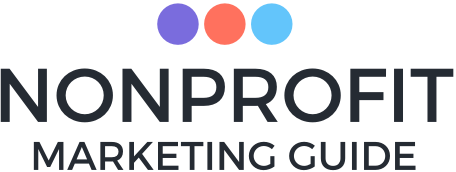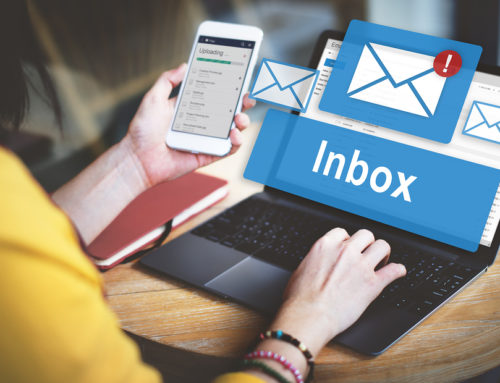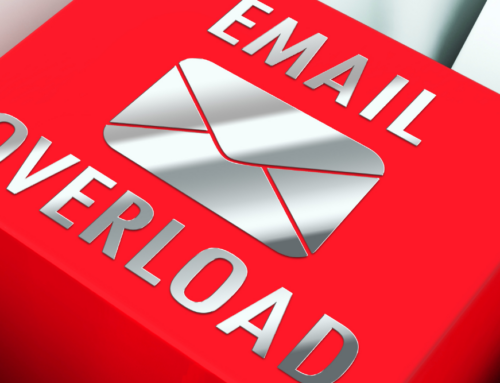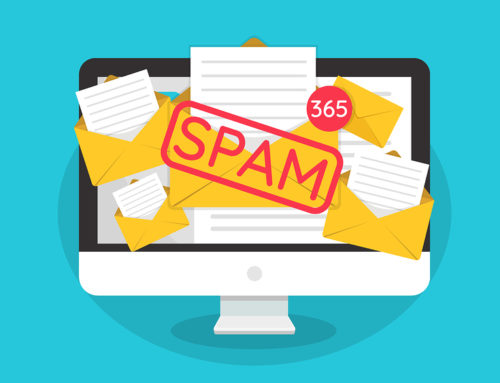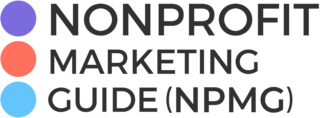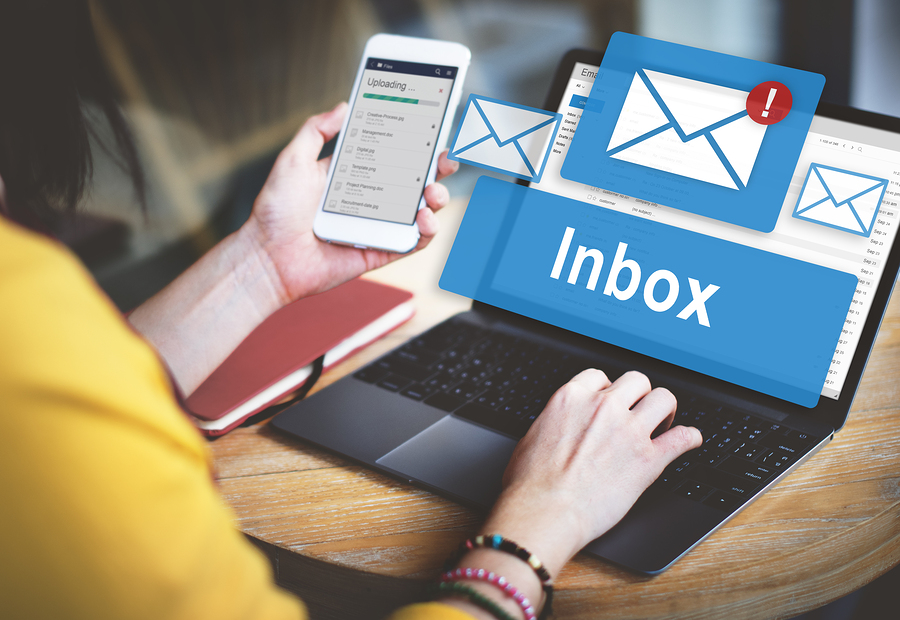
If you’ve ever wondered why your nonprofit’s emails aren’t making it into inboxes – or why some messages get more traction than others – it’s because inboxes work a lot like social media feeds now.
Just like Facebook or Instagram only show you what they think you’ll care about, inbox providers like Gmail and Outlook are using user engagement signals to decide what lands in the inbox and what disappears into the void (also known as Promotions or Spam).
They’re watching whether your readers open, click, reply, scroll, delete without opening, or ignore you completely. And over time, they learn who they should pay attention to (and who should be filtered out).
Gmail uses both machine learning and generative AI to track this kind of stuff. If readers always open your emails, Gmail assumes you’re worthy. If not, you slowly drift toward spam.
Outlook’s “Focused Inbox” does something similar: it learns which senders you engage with and then separates messages into “Focused” or “Other.” Yahoo, too, flags messages as “graymail” if they look like bulk content people signed up for but don’t actually read.
The takeaway? Inbox placement is no longer just about avoiding spammy language or using the right subject line. It’s about being consistently engaging. If people aren’t opening or clicking your emails, even if they never hit the “Spam” button, inbox providers may stop delivering them where they’ll be seen.
In other words: the more people ignore you, the less likely they are to ever hear from you again.
And to be clear, I don’t mean just that one reader will never hear from you again. Inbox providers look at aggregate engagement data. If you aren’t engaging a high percentage of users, their systems learn that your emails may not be valuable or wanted to ANY USER – even for recipients who do want to hear from you.
So what can you do?
- Improve your deliverability by taking these 10 steps.
- Send more targeted, relevant emails using segmented lists. (Join us July 10th for Beyond the Blast: Collect Better Data, Send Better Nonprofit Emails to learn more)
- Make your content skimmable and useful. (Join us July 24th for Stop the Scrolling: How to Write (Ethically!) for Opens, Clicks, and Conversions)
- Encourage replies and clicks.
- Cut people loose if they haven’t engaged in a long time.
Think of your email list like a community, not a billboard. The goal is conversation, not just distribution.
